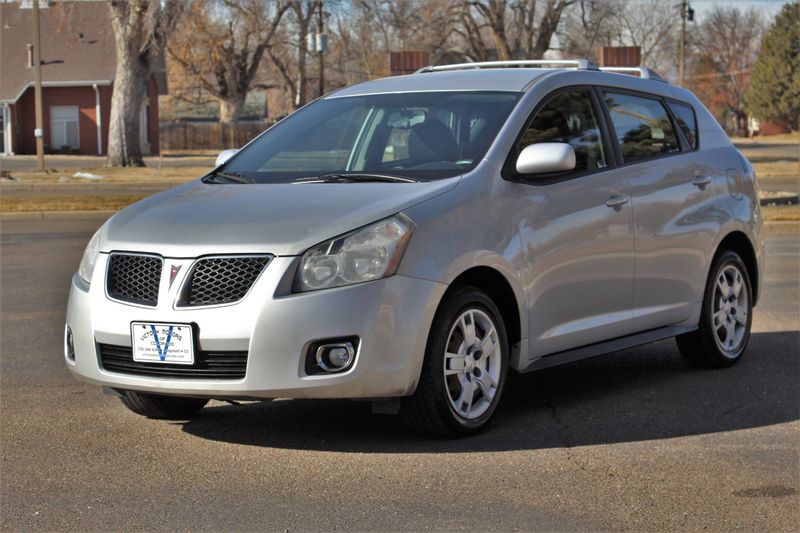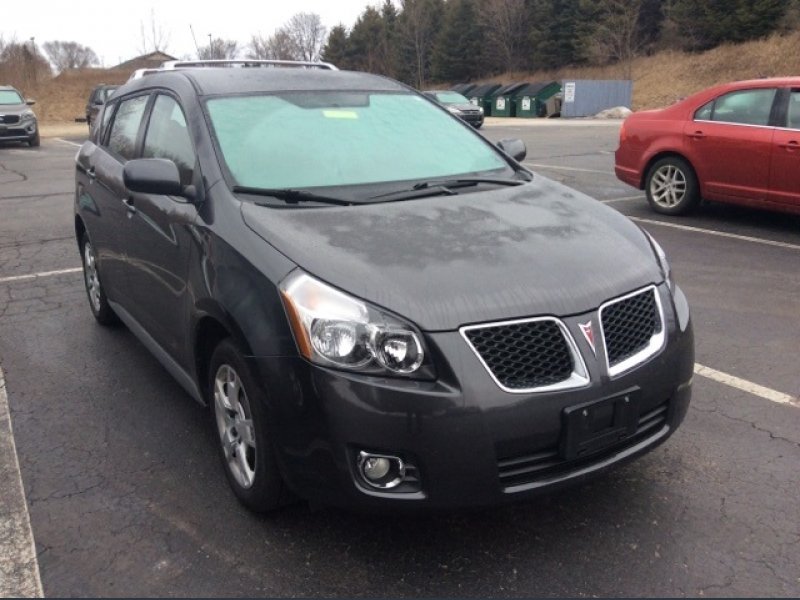
As for steering, precision obviously wasn't the designers' goal. However, fuel consumption is quite decent, averaging 8 litres per 100 kilometres. The 4-speed transmission is honest without paying tribute to the beauty of the engine. The engine makes good use of its torque, and its flexibility ensures enjoyable driving. It confidently embarks on the highway at 100 km/h and passes other cars with ease. With 158 horsepower and 162 lb-ft of torque, it allows for some surprising acceleration for a 4-cylinder engine. The modular design includes a subfloor that, upright, divides the space into compartments.Ĭapable but hesitant The 2.4-litre DOHC VVT-i engine, designed by Toyota and used on the Vibe, is an impressive one. The driving position, without being bad, is certainly not the Vibe's strong point: even though it offers appropriate visibility, it's not comfortable. Again, and this is not very generous of me, you get the feeling that they could have done better. As for the cargo area, its modular design includes a subfloor that, upright, divides the space into compartments that allow you to organize your stuff. Even if space is limited, the front and rear seats are easily accessible and comfortable, but not overly so. The passenger compartment is well designed. The 7-speaker, 320-watt amplified Monsoon sound system is able and, above all, efficient. However, the audio system does pump out very good sound. In fact, they weren't very ergonomic at all: even if the sound system controls are part of the features, they weren't integrated into the steering wheel, which would have greatly improved the user-friendliness of the interior, and they weren't as pleasant to use as several of the others.


Our test vehicle didn't boast many convenient features, and the controls weren't absolutely ergonomic. Thankfully, the interior and exterior finishes are in good taste. It's obvious that the people at Pontiac wanted to go all out, but unfortunately they overdid it. The interior is a bit crowded, as was the case of the Pontiacs in the 1990s, and overflows with controls that could have been much simpler. It won't make it into the history books, but the designers have deployed a solid effort. Despite its avant-garde tendencies, the car's design is contemporary and will age well. The body is all angles, hardly a fluid line or curve to be seen, but this hard-cut style suits it very well. The 2009 Pontiac Vibe sports a more futuristic look. A 4-speed auto was on the options list, depending on the engine version.Even though the Toyota Matrix, the Vibe's twin sister, is sold on a larger scale, the two companies have maintained their partnership in order to manufacture the second generation of their small hatchbacks.įor 2009, the Pontiac Vibe sports a more futuristic look. It was available with a 5- or 6-speed manual. The Vibe was offered with a choice of engines from Toyota. A 110 V power outlet was included in the dashboard, which was good for camping. Even the front passenger seat could have been folded to extend the loading area up to 8 feet long (2.44 m). In the rear, the bench was foldable, forming a completely flat floor. A DVD-based navigation system was on the options list. The high-mounted audio system offered as standard was a CD-radio, with an option for a 6-CD in-dash audio system. The instrument cluster was arranged with four chromed dials. Inside, the Vibe featured a high seating position, like in an SUV.
#Pontiac vibe awd windows
But the side windows were closer to the Corolla Verso. The front fascia was with the characteristic Pontiac elements. The design was a mix between Toyota's angular styling to the newly discovered cross-over segment.

It was a factory that lost money for both partners until 2009 when it was shut down by Toyota after GM pulled back due to the closing of the Pontiac brand.īased on the same platform with the Corolla, the Vibe was the twin brother of the Matrix with which it shared most of the components. The result was known as NUUMI (New United Motor Manufacturing Inc.). General Motors offered a partnership to Toyota in 1984 in its Californian factory. It was the most fuel-efficient GM car in North America until 2008. Pontiac Vibe was the result of a common project between General Motors and Toyota.


 0 kommentar(er)
0 kommentar(er)
